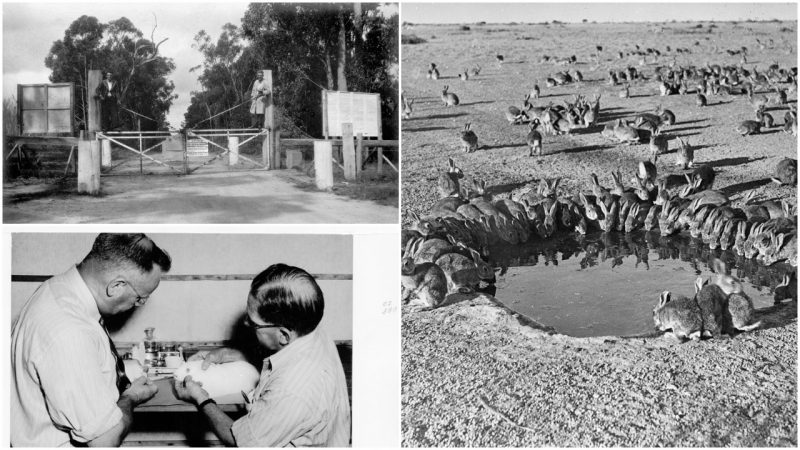On 13 May 1787, a group of 11 ships called the First Fleet left England to found a penal colony that became the first European settlement in Australia. From England, the ships voyaged out to Rio de Janeiro, then east to Cape Town and to Botany Bay (today in Sydney) through the Great Southern Ocean. Consisting of two Royal Navy vessels, three store ships, and six ships carrying convicted criminals, the fleet arrived in Australia over the period of 18 to 20 January 1788. As well as the population of convicts, these ships also brought rabbits.
For few decades after rabbits were first introduced in Australia, there didn’t seem to be any issues. Most often, they were bred as food animals, probably in cages, and not in vast numbers. However, by 1827, a Tasmanian newspaper article would clearly indicate that a rabbit population boom was underway, noting that “…the common rabbit is becoming so numerous throughout the colony, that they are running about on some large estates by thousands. We understand that there are no rabbits whatever in the elder colony.”

By the 1840s, rabbit-keeping became very common in Australia, and court records also show frequent cases of rabbit theft. The rabbit was entering the regular diet of all people. According to other accounts, some rabbits were released into the wilderness for hunting. Though the rabbit population was considered manageable until around 1866, things started to get out of control by the following year.
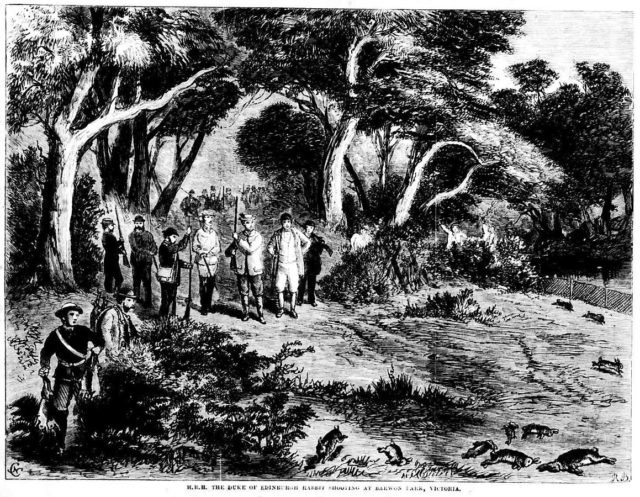
As a country, Australia had ideal conditions for rapid rabbit population explosion. The mild winters in the region enabled these animals to breed throughout the entire year, reaching numbers that were now unsupportable. On top of that, new farms were always changing the Australian landscape, and many woodlands were transformed into vast areas of low vegetation, something that was perfect for rabbits. The case of rabbits overpopulating Australia is the fastest spread ever recorded of any mammal species anyplace on Earth. Unsurprisingly, their presence turned out to be hazardous to the Australian ecosystem.
In 1887, the situation became so severe that the New South Wales Government offered a reward of £25,000 for “any method of success not previously known in the Colony for the effectual extermination of rabbits.” Over a thousand proposals were submitted, some of which spoke of biological controls, but nothing seemed a good fit.
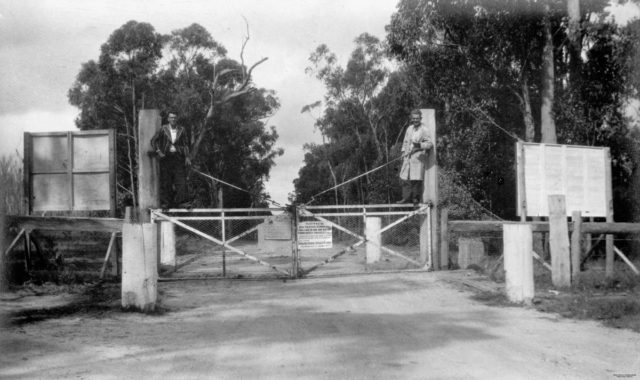
Wild rabbits devastated crops, and they appeared to be a major threat for species loss across the continent. By eating native plants, they left vast swathes of land with topsoil exposed and vulnerable to erosion. In 1893, rabbit-proof fences were installed in Queensland; the fence was continually extended over the following years. Such a fence was also built in Western Australia between Cape Keraudren and Esperance, in 1907, but the rabbits always found their way round.
However, during the late 19th century, a fatal viral disease was first observed among laboratory rabbits in Uruguay. The disease was called myxomatosis, and once rabbits were affected by it, they developed skin tumors, blindness, and suffered from fatigue and fever. Rabbits died within two weeks after contracting the disease.
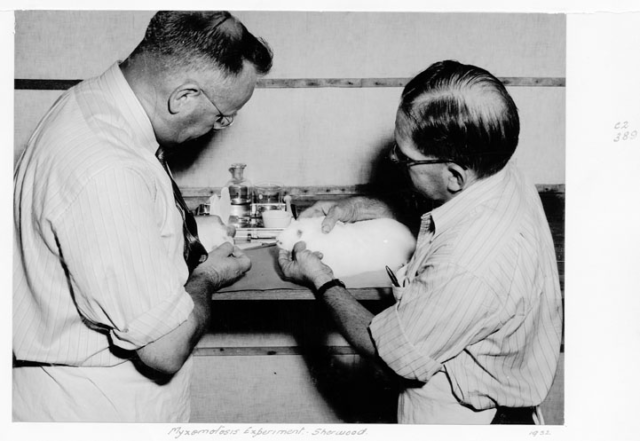
This option sounded feasible as a solution to the rabbit population crisis in Australia. The disease spread through direct contact with an infected animal or by being bitten by fleas that have fed on a tainted rabbit. The first virus field tests were conducted in 1938 in Australia, and in 1950 the disease was deliberately released at full scale. Nobody would believe what happened next. The Myxo turned out to be devastatingly effective, reducing the rabbits from 600 million at that point to 100 million in the course of a two-year period.
Quickly enough, it was observed that the animals were developing genetic resistance to the disease, and the surviving rabbits acquired some immunity within the first two decades. By 1991, the rabbit population in Australia regenerated, reaching 200 to 300 million.
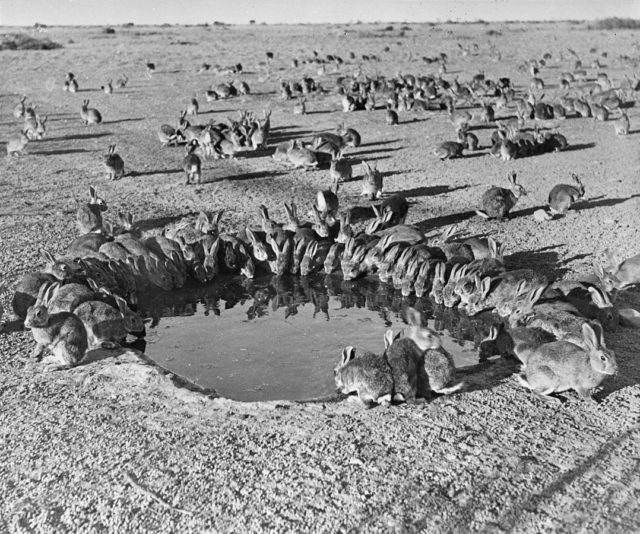
Unlike in Australia, the myxomatosis project failed in neighboring New Zealand, but it turned out fatal in other countries. When it was introduced in France in the 1950’s, it became the cause of death for 90% of the wild rabbits in the country. From there, the Myxo further spread throughout Europe too. In the UK, the disease was encouraged in 1953 as a mean of effective biological control measure. The outbreak was so severe that it is deemed to have been the cause of death to almost 99% of the rabbits on the island.
Read another story from us: “Roman Lighthouse” at Dover Castle is the oldest building in England
One thing is certain, playing a game with nature is dangerous and unpredictable.
